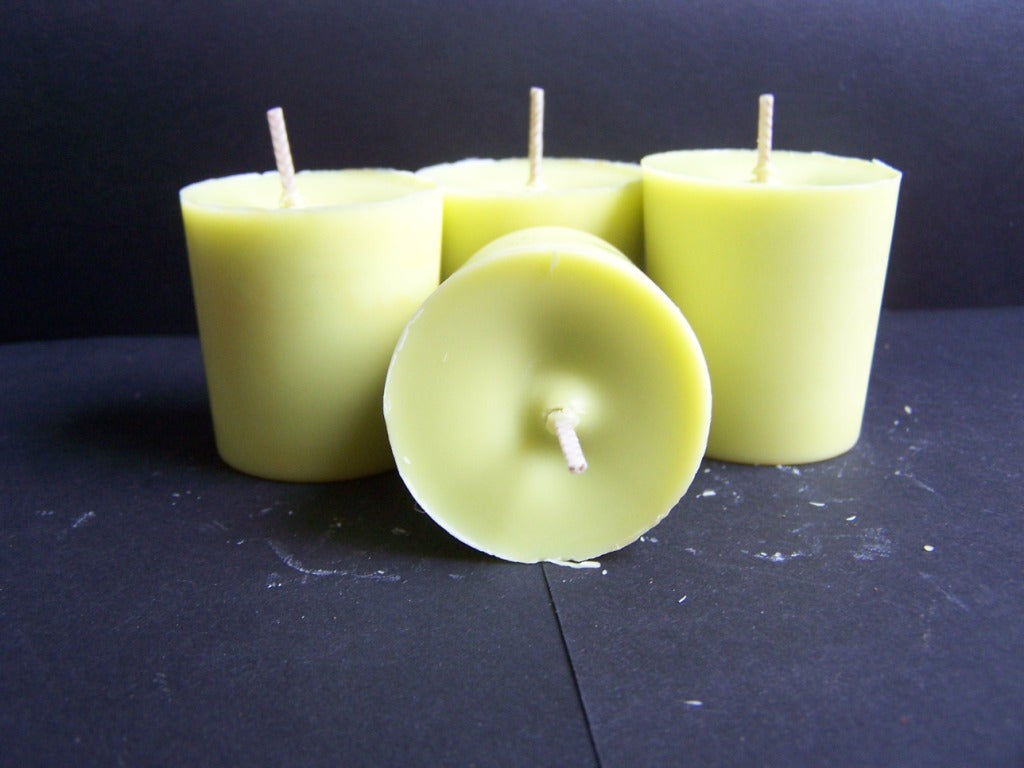Encounter the Serenity of Crystal Soy Candles and Home Fragrance
Encounter the Serenity of Crystal Soy Candles and Home Fragrance
Blog Article
From Wick to Wax: Understanding the Chemistry Behind Soy Wax Candles and Their Environmental Influence
As we illuminate our areas with the warm radiance of candle lights, there lies a world of elaborate chemistry behind the apparently simple act of lighting a soy wax candle light. The selection in between soy and paraffin wax extends beyond mere appearances, delving into the realm of ecological effect and the very composition of the materials. Understanding the molecular structure of soy wax and its combustion process clarifies the discharges released right into our environments. Join us as we decipher the scientific complexities behind soy wax candles and explore their implications on our environment.
Soy Wax Vs. Paraffin Wax
When contrasting soy wax and paraffin wax for candle production, it is crucial to recognize the distinctive attributes and benefits of each product. Soy wax is a natural, renewable energy stemmed from soybean oil, making it naturally degradable and environmentally friendly - home fragrance. On the other hand, paraffin wax is a byproduct of petroleum refining, which raises issues concerning its ecological influence and sustainability
Soy wax candle lights burn cleaner and send out less residue compared to paraffin wax candle lights, making them a healthier choice for indoor air quality. In addition, soy wax has a lower melting factor, permitting for a longer-lasting candle that disperses fragrance better. Paraffin wax, on the various other hand, tends to shed faster and less cleanly, possibly launching damaging chemicals into the air.
From a sustainability viewpoint, soy wax is favored for its biodegradability and renewable sourcing, straightening with the growing customer choice for environmentally mindful items. While paraffin wax has actually been a conventional option in candle light making because of its cost and ease of use, the change in the direction of eco-friendly alternatives like soy wax is gaining energy in the industry.
Chemical Composition of Soy Wax

Combustion Process in Soy Candles
The chemical composition of soy wax straight link influences the combustion procedure in soy candles, influencing variables such as burn time, aroma launch, and ecological impact. When a soy candle light is lit, the warm from the fire thaws the wax near the wick.
The combustion efficiency of soy candles is influenced by the purity of the soy wax and the top quality of the wick. A clean-burning soy candle light with an effectively sized wick will certainly reduce and create a stable fire soot formation. This not just extends the shed time of the candle light but also boosts the release of scents. Furthermore, soy wax candle lights have a lower environmental effect compared to paraffin candles because of their renewable and naturally degradable nature.

Environmental Advantages of Soy Wax

Taken into consideration a sustainable alternative to standard paraffin wax, soy wax provides noteworthy ecological benefits that make it a prominent selection among eco-conscious customers. One considerable benefit of soy wax is its eco-friendly sourcing. Soy wax is originated from soybean oil, which is mainly cultivated in the United States. The farming of our website soybeans aids support local farmers and minimizes the dependence on non-renewable nonrenewable fuel sources made use of in paraffin wax production. In addition, soy wax is biodegradable, suggesting it damages down normally without releasing hazardous toxic substances into the atmosphere. This characteristic makes soy wax candle lights a much more eco-friendly choice compared to paraffin wax candles, which are made from oil, a non-renewable source. Furthermore, soy wax burns cleaner and creates much less residue than paraffin wax, adding to better indoor air quality and decreasing the requirement for cleansing and upkeep. Overall, the environmental advantages of soy wax line up with the growing need for lasting and eco-friendly items on the market.
Recycling and Disposal Considerations
Recycling and appropriate disposal of soy wax candle lights play an essential duty in preserving environmental sustainability and minimizing waste in neighborhoods and households. The very first action is to guarantee that the candle has melted totally when it comes to reusing soy wax candle lights. This can websites be accomplished by enabling the candle light to melt till the wick is no more functional, and after that allowing the remaining wax cool and solidify. When the wax has actually strengthened, it can be meticulously removed from the container.

In terms of disposal, if recycling is not an alternative, soy wax candles are naturally degradable and can be securely thrown away in most house waste systems. However, it is constantly suggested to get in touch with local reusing centers or waste management services for specific guidelines on candle disposal to ensure correct handling and environmental defense.
Verdict
In verdict, the chemistry behind soy wax candle lights exposes their environmental benefits over paraffin wax candle lights. Soy wax, acquired from soybean oil, burns cleaner and generates much less residue when compared to paraffin wax.
When contrasting soy wax and paraffin wax for candle production, it is essential to comprehend the distinctive attributes and benefits of each product (crystal soy candles).Soy wax candles shed cleaner and send out much less soot contrasted to paraffin wax candles, making them a healthier choice for indoor air top quality.Taken into consideration a sustainable alternative to standard paraffin wax, soy wax offers noteworthy environmental advantages that make it a preferred option among eco-conscious consumers. Soy wax burns cleaner and produces less soot than paraffin wax, contributing to far better indoor air top quality and lowering the requirement for cleaning and maintenance.In verdict, the chemistry behind soy wax candles reveals their ecological advantages over paraffin wax candles
Report this page